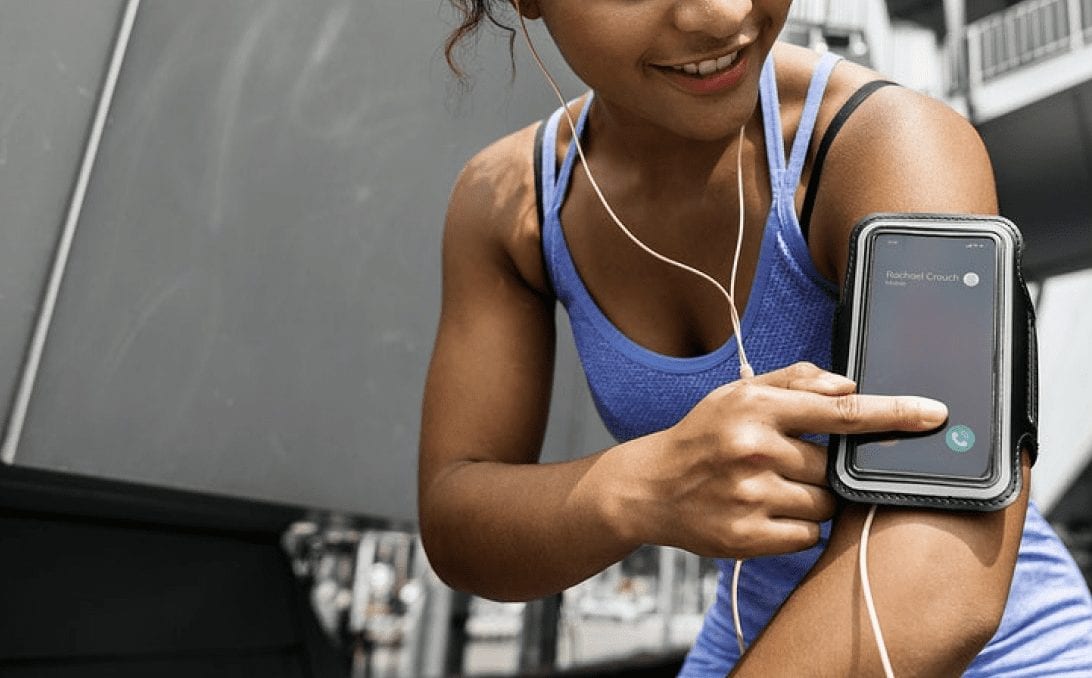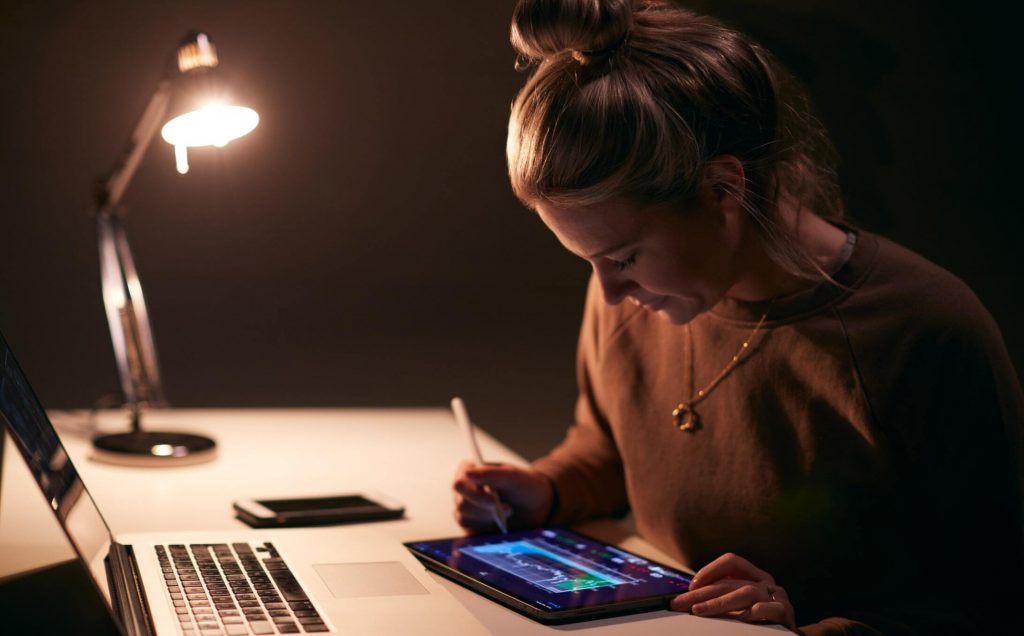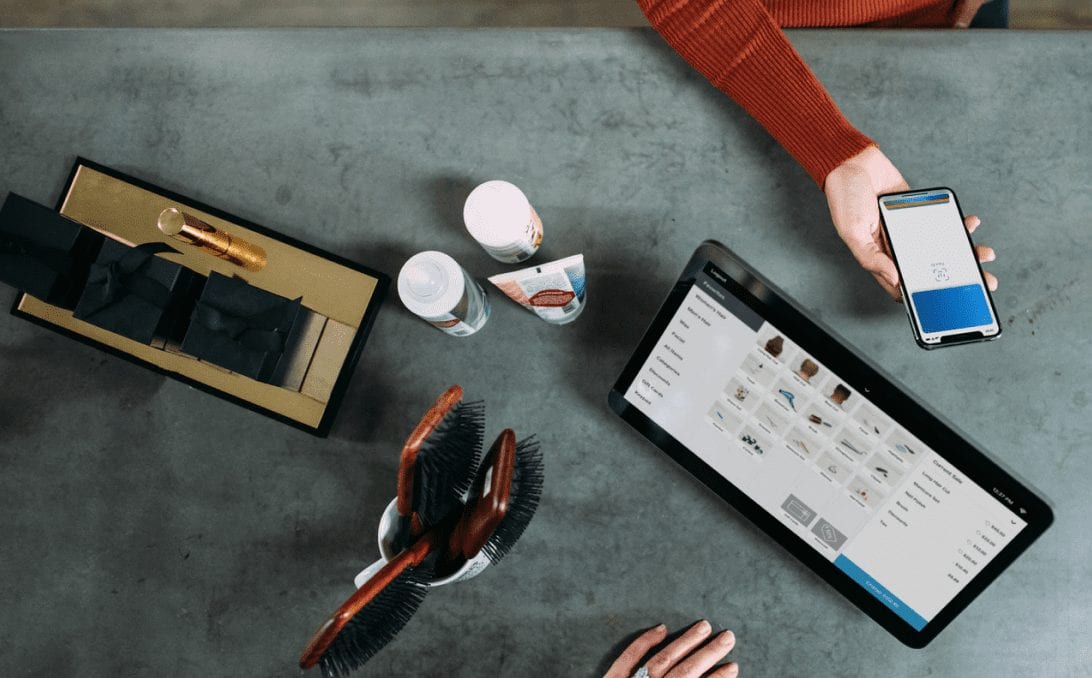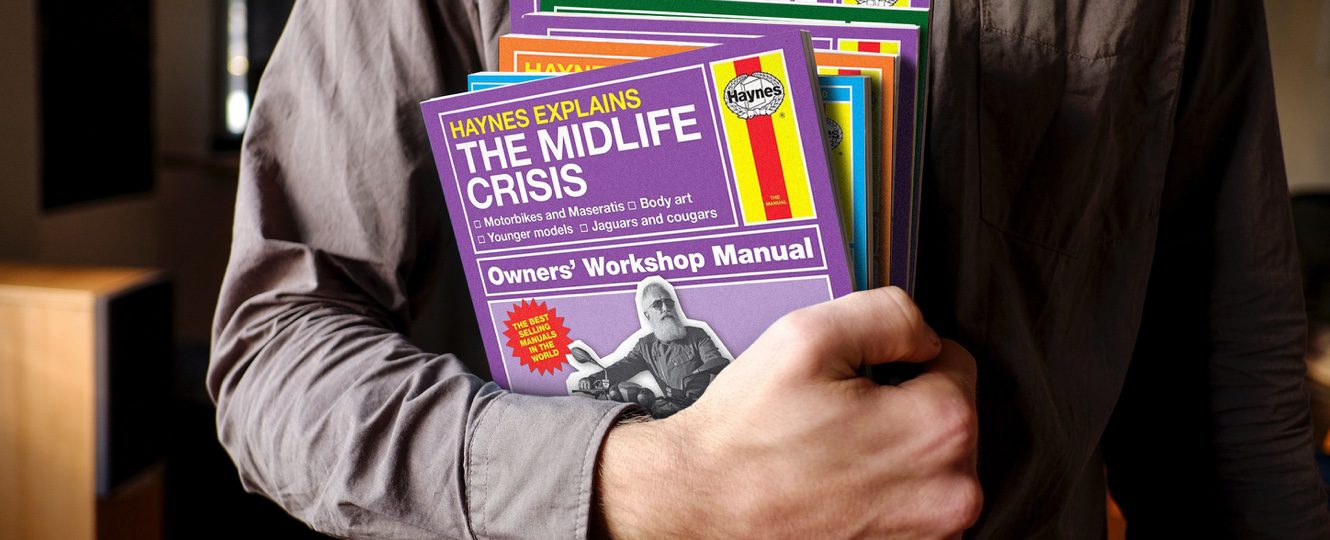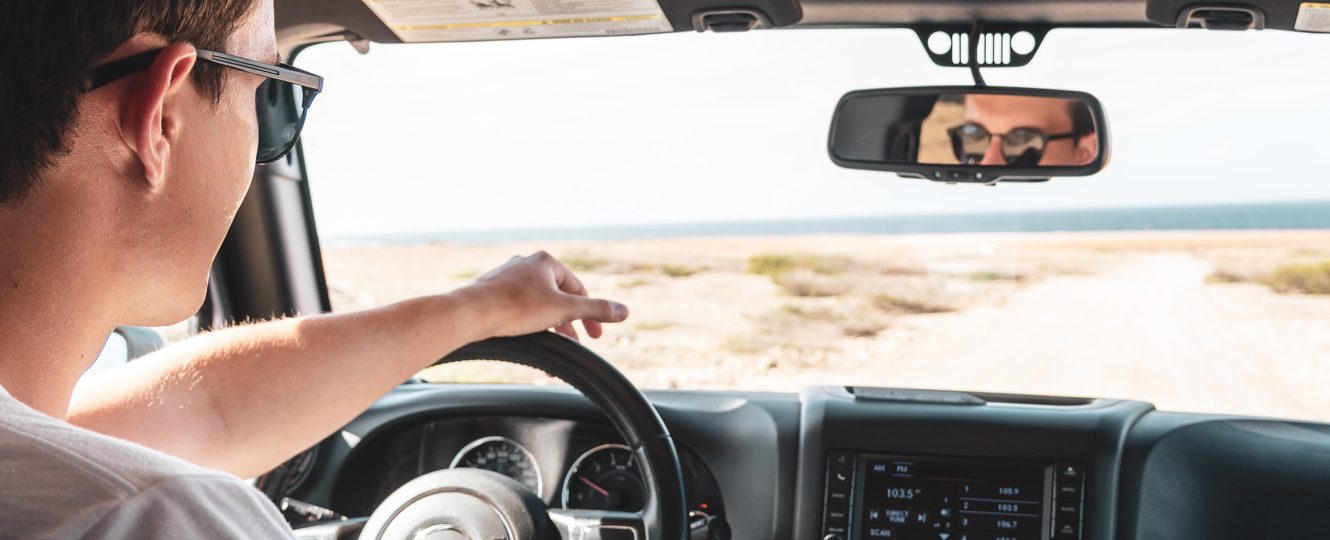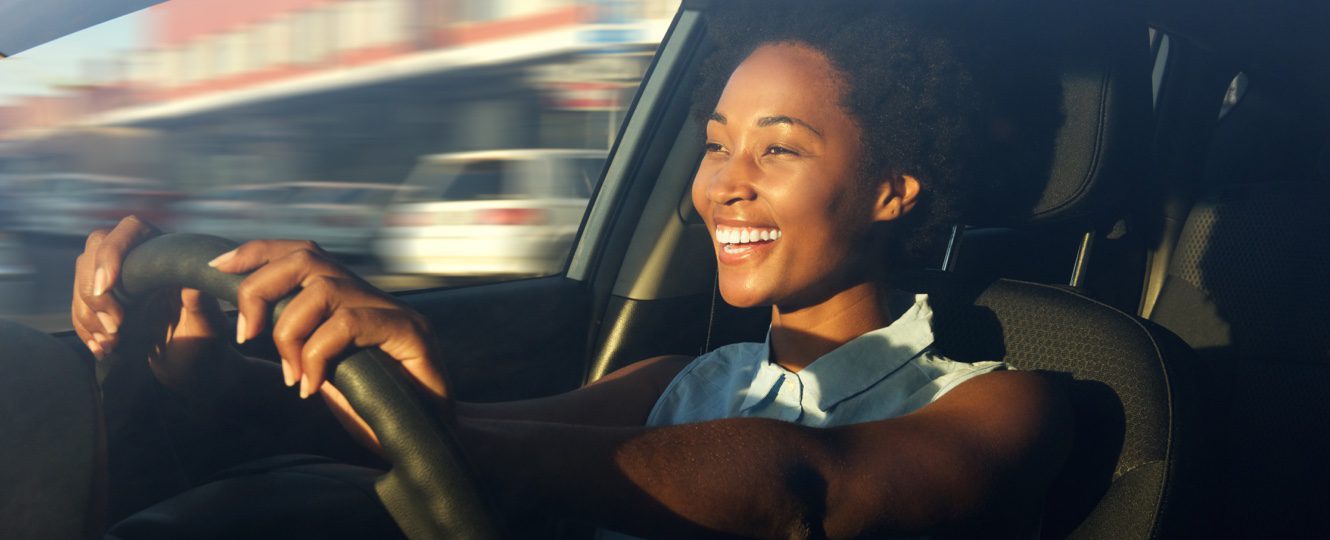On April 21st, 2020, Star hosted a webinar with mobility industry leaders to discuss society’s interactions with Mobility — how it’s changed, new trends, and some bold, innovative ideas for the future.
There is always hype around new modes of transport, looking at only the letter H, the transportation revolution gave us hoverboards, Hyperloop, Heli-taxis, and maybe even HS2. These innovations are exciting, but we believe there is a much more interesting story. The evolution of existing modes of transport.
During the webinar, Star and a set of Mobility entrepreneurs focused on the evolution of existing modes; taking a look back, then gazed forward before deciding on an approach for success.
Looking back
We focused on six mobility innovations from the past.
- The Steering wheel became a standard feature in cars in 1898, a simple wooden circle connected directly to the wheel’s axle, which made turning when stationary or at high speeds difficult for drivers. In 1920, power steering was introduced, though the great depression damped interest, it was not until the 1950s that this invention took off. Fast forward to now, and the steering wheel is a surface to slam the horn, a home for airbags, and a control centre for AV.
- The 5th Wheel is another wheel apparatus that saw the addition of another wheel to vehicles. This was not a success! Brooks Walker, an American inventor, saw that cars were getting bigger while parking spaces were getting smaller. To solve this problem, he created a fifth wheel that lowers beneath the car boot and swings the car around for easy parking. Featured on the 1951 Cadillac, at first, it looked like this invention had a bright future. But the awkwardness of deploying and retracting, and the impact on boot space meant it never caught on.
Another design that did not last was the onboard record player or highway Hi-Fi. Chrysler introduced this invention in 1952 so that drivers would not have to listen to radio commercials. While initially popular, Chrysler discontinued it after a year due to high warranty repair costs.
- Let’s shift gears for a moment. There probably has not been another creation that has done more for the transportation industry than the Haynes manual. John Haynes wrote his first automobile user manual at 17 while skiving High School PE. Today, Haynes is a globally recognised publishing brand, with over 1700 instruction manuals in production, across 80 countries, and in 24 languages. Continuing to evolve with the times these documents are now online, accompanied with video demos and social content.
- Here’s another development that might feel like it was created by a young boy. The blaster or BMW flamethrower was invented in 1998 in South Africa when crime, violence, and carjackings were at an all-time high. The car was fitted with a liquefied petroleum gas flamethrower. By simply flicking a switch, the driver would blast a 5- meter flame from the vehicle. According to the promotional material, “hindering the intruder, without damaging the car.” Amazingly, it was not the legal position that limited this creation, as using lethal force in self-defense is allowed in South Africa. Nor was the outcry that flamethrowers were inhumane weapons of torture, but the price.
- Finally, something that also came from defense, but this time has a positive effect on society. In 1990, Mazda introduced GPS for automotive navigation. Since then, satellite navigation tools have become deeply embedded in our lives; Digital mapping, radar-based cruise control, route mapping, and depicting accurate arrival times.
In hindsight, it’s clear which innovations were the winners. What made these ideas successful? They identified something users valued, integrating it into the driving experience and evolved with the times. When looking at the failures, there is no doubt that these inventors were smart people trying to solve legitimate problems. And remember these were the ideas that made it to production, the best ideas, how many other ideas were left on the cutting room floor?
As Mobility continues to evolve and play significant roles in our lives, understanding which innovations will be hits and misses are going to get much more complicated. Listen to this webinar recording to learn more.
Looking forward
As Mobility continues to evolve and play significant roles in our lives, understanding which innovations will be hits and misses are going to get much more complicated. Mobility providers will need to step up to the challenge of delivering new personalized experiences.
Star is continuously asked to think and talk about the future of Mobility. So allow me to share with you one autonomous enabled, non-social distancing, potential future from the perspective of a consumer.
A typical day in the life of a consumer
- Daisy and her son leaves home in the morning, their vehicle awaits them in the driveway, providing them with all the necessary information they need to start their day
- In the iDry-cleaning compartment of the car, Daisy places the dress that she intends to wear in the evening to get it dry cleaned
- During the ride, Daisy’s son resumes the cartoon he started watching at home, with sound isolation. This allows daisy to clearly hear the instructions of her virtual coach while doing her workout, optimised for limited space
- Thanks to traffic optimisations, the vehicle arrives at the city centre in the blink of an eye
- It’s a sunny day, so after dropping her son off at school Daisy leaves her bag in the vehicle, jumps on an on-demand bike – included in her vehicle subscription, and completes the rest of her journey to the office
- After a pleasant ride, Daisy retrieves her bag from the vehicle. The car is waiting at the front of her office. The automobile then finds a parking spot near to Daisy’s work and displays an interactive commercial on its windows
- Later in the morning, Daisy easily calls her vehicle back to the entrance of the office building and uses it as a private meeting room with her colleagues
- During the meeting, she leverages the windows as a display for her deck presentation
- In the early afternoon, a notification indicates that the vehicle’s tire pressure has dropped and that somebody is on their way to repair it
- After work, Daisy is happy to find the delicious meal she ordered and also her dry-cleaned dress waiting for her in the car. It is possible to rate and tip the service in the vehicle directly
- On route to an after-work event, Daisy can relax, thanks to the multisensorial ambient environment created by the car. She can also put on her dress in the car thanks to privacy mode that turns the windows black
- When Daisy is back home, the vehicle drives itself to the charing point and is ready for the next morning
On the weekend
- Daisy is browsing for new vehicles and decides to order a test ride, which promptly arrives at her doorstep
- When inside the car, Daisy looks at car-interior suggestions, tailor-made to her taste
- After weighing the options, she decides to upgrade to a new vehicle and places the order. She is saving money on her monthly payment by taking the refurbished option
- Later in the day, Daisy does not feel so great and schedules a remote doctor’s appointment in her vehicle. All the data collected by her tracking devices and vehicle sensors facilitates the medical appointment.
On vacation
- When arriving at the airport with her friends, Daisy finds the RV – included in the package she booked, fully equipped with the necessary gear for her trip. All her media and personal preferences are already setup
- Daisy loves driving through the mountains, she takes control of the vehicle. The traffic signs are in a language that she does not understand. The RV translates for her, ensuring a safe drive
- Out of nowhere another car is heading for Daisy, the ADAS system kicks in and moves her to safety
- During Daisy’s vacation, she remotely monitors the use of her personal vehicles that she has made available for rides
- The holiday is now over, and Daisy just landed at the airport, her car has been cleaned and awaits her arrival
Now I’m sure there were moments in this dialogue when some of you might have nodded, and others thought, no way. I suspect those moments were not the same for everyone.
So in this complex future, how do we make smart choices?
Understand holistic needs and underlying trends
In this complex experience economy, the approach to be successful is to focus on creating holistic user experiences. Stop thinking about specific touchpoints or features but instead reflect more broadly on how your brand can deliver an authentic personalised experience. This may not happen every day, but can be single significant moments or occasional pieces of small value.
One of our participants told us that they are working on the digital experience of a luxury vehicle. Although driving exposure is important, there are other necessary requirements; the desire to show off when you are not in the vehicle, the knowledge that your vehicle is safe and where you expect it to be – peace of mind.
There are many different versions of Daisy’s story based on a range of different assumptions. Whether you believe this version or another, it is possible to see a set of underlying trends.
For us, the important trends are:
- My personal vehicle is an evolving product
- My personal vehicle is a living space
- My personal vehicle is a wellness partner
- My personal vehicle is a service platform
- My personal vehicle is a source of profit
- My personal vehicle is a node in a mobility network
- My personal vehicle interacts with community infrastructure
Being able to observe these trends helps, but we are still a long way from knowing which innovations are likely to be hits and misses.
The Mobility revolution is here to stay! Do you as a Mobility provider want to know how to step up to the challenge of delivering new personalized experiences? Check out his new webinar recording for some key insights.
Finally, iterate like a software company
There have always been winners and losers in the way we interact with vehicles. This is going to get harder in the future as demands and relationships shift.
To be successful, focus on creating a holistic relationship, understand the state of the enabling technology, and plan to adapt and evolve.
Be critical, assume that you won’t get it right the first time. We need to be flexible in the way that we develop software and contract with vendors to allow experimentation and evolution. Because it’s somewhat ironic that as the rest of the world uses a vehicle metaphor for MVPs and evolution when the automotive world still focuses on outdated approaches.


